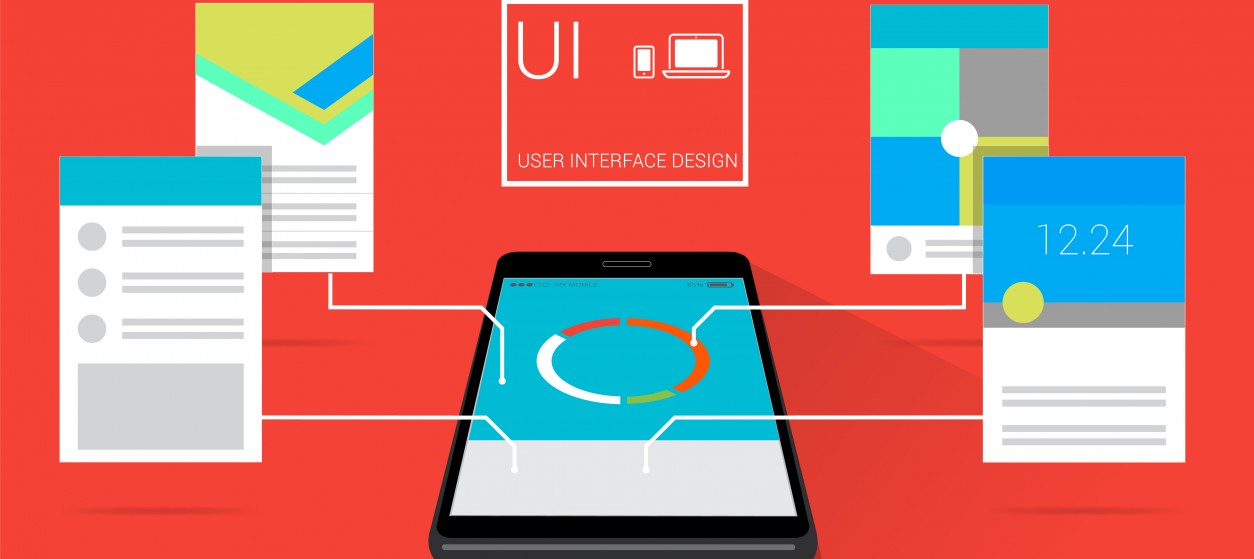A graphical user interface, commonly shortened to GUI, is a type of human-computer interface (i.e. it presents a way for users to interact with electronic devices) that utilises visual indicators and graphical icons. Designing a GUI, its temporal behaviour and visual composition, is a pivotal part of software application programming. Graphical user interfaces are now a standard among everyday software applications. In this post we will analyse Java’s support for GUIs. So, let’s take a look at this in more detail…
Java stands out when it comes to support graphical user interfaces because it provides platform independent windowing API. This is significant because usually GUIs are tied to a particular platform or a specific software vendor. Or, you could indeed write a program that uses this interfaces, but that is of course an arduous task. Instead, Java gives you the option of using their Abstract Windowing Toolkit (AWT) or Swing.
What is the difference between the two? Well, AWT is actually the very foundation of swing. It lacks when it comes to advanced components, however it is exceptionally easy to use and performs really well. This is the ideal selection for smaller GUI applications that do not require rich user interfaces. However, if you need to create rich applications, opt for Swing. Swing boasts an abundance of rich components for you to take advantage of.
Now you know the basics regarding what Java offers when it comes to the support of graphical user interfaces. But, what are the advantages of using Java as your GUI development tool? Firstly, you can be sure that your applications are going to be robust and secure. They are robust because Java runtime environment manages memory for you. Moreover, when it comes to security, despite being downloaded through the internet, Java runtime environment boasts built-in protection against tampering and viruses.
Aside from this, your cycle of development is a lot quicker. This is because of the interpreted nature of Java technology. You simply compile and run. You don’t have to worry
about testing, linking, debugging and other parts of the cycle that would come in between when using other development tools. Java also boasts simplicity, as the programming language is object oriented. Thus means abstract classes and other concepts, such as polymorphism and inheritance, can be applied.
Another key benefit is the fact that your applications will be portable across various platforms. All you need to do is write your applications one time and you don’t have to worry about ever needing to port them. They will operate on multiple hardware architectures and operating systems without modification. Moreover, high performance is assured, as Java has multithreading built into its runtime platform and programming language, which will support multiple concurrent threads of activity in your application.
To conclude, Java is definitely the first choice for many when it comes to the development of graphic user interfaces. From high performance to a quick development cycle, when you take the benefits that have been mentioned into account it is not difficult to see why.










